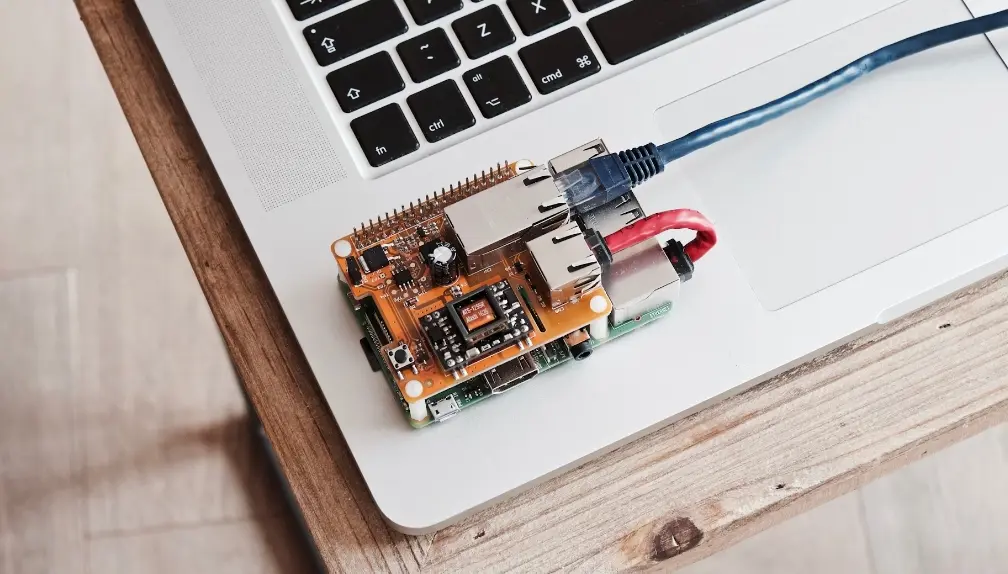
What Are the CE Certification Test Items?
CE certification is a mandatory compliance mark of the European Union (EU), requiRED for products sold in the European Economic Area (EEA). Different product types must comply with different EU directives. Therefore, CE certification is not a single test, but rather a comprehensive conformity assessment system.
Below are the main testing items typically involved for electronic and electrical products applying for CE certification.

Electromagnetic Compatibility (EMC) Tests
Directive:2014/30/EU
Applicable to most electronic products, aiming to ensure that equipment neither causes excessive electromagnetic interference nor is undULy affected by it.
Key test items include:
- Conducted Emission Test: Evaluates interference signals conducted through power lines.
- radiated emission test: Measures electromagnetic interference radiated by the device.
- Electrostatic Discharge (ESD) Immunity Test: Simulates effects of electrostatic discharge from humans or objects.
- Electrical Fast Transient/Burst Immunity Test: Simulates sudden bursts in the power grid.
- Surge Immunity Test: Simulates high-voltage surges caused by lightning or power switching.
- Radiated RF Immunity Test: Assesses stability under wireless signal interference.
- Voltage Dips and Short Interruptions Test: Evaluates resilience to abnormal power supply conditions.
Electrical Safety Tests (LVD)
Directive:low voltage directive (2014/35/EU)
Applicable to electronic/electrical products with input ranges of AC 50–1000Vand DC 75–1500V.
Key test items include:
- Clearance and Creepage Distance Test: Prevents leakage or short circuits.
- Protection Against Electric Shock Test: Ensures safety under both normal and fault conditions.
- Abnormal Operation Test: Simulates short-circuit, overload, locked-rotor conditions.
- Temperature Rise Test: Checks long-term operation heating.
- Dielectric Withstand Test: Verifies insulation strength.
- Ground Continuity Test: Ensures reliable grounding of metal enclosures.
- Mechanical Strength and IP Rating Assessment: Verifies durability, waterproof, and dustproof levels.
Radio Equipment Tests (RED)
Directive:Radio Equipment Directive (2014/53/EU)
Applicable to devices with wireless transmission or reception capabilities.
Key test items include:
- RF Output Power & Spectrum Test.
- Emission Bandwidth, Frequency Deviation, Modulation Conformance Test.
- Receiver Sensitivity and Range Evaluation.
- Legal Frequency Band Usage Verification.
- Associated EMC and Safety Tests.
Examples: Bluetooth, Wi-Fi, ZigBee, LoRa, 4G modules, etc., must comply with RED standards.
Hazardous Substance testing (RoHS)
Directive:2011/65/EU (amended by 2015/863)
Restricts the use of specific hazardous substances in electronic/electrical products.
Key test items include:
- Detection of Lead (Pb), Mercury (Hg), Cadmium (Cd), Hexavalent Chromium (Cr6+).
- Detection of flame retardants PBB and PBDE.
- Detection of four phthalates: DEHP, BBP, DBP, DIBP.
Common methods: X-ray fluorescence (XRF), chemical digestion, gas chromatography–mass spectrometry (GC-MS).
Other Possible CE Directive Tests
Depending on product type, additional directives may apply:
- Energy-related products(e.g., adapters, TVs): Energy efficiency tests under the erp directive.
- Toys: Must comply with Toy Safety Directive, covering mechanical design and toxic element migration.
- Mechanical devices(e.g., automatic doors, robotic arms): Must comply with Machinery Directive (MD), including risk assessment and emergency stop testing.
The required CE certification tests depend on a product’s functions, electrical characteristics, wireless features, and intended use.
Common combinations include:
- General power supply products: LVD, EMC, RoHS.
- Wireless Bluetooth speaker: RED (including LVD, EMC, RF), RoHS.
- Industrial controller: LVD, EMC, RoHS, MD.
- IoT terminal: RED, RoHS, EMC.
Before applying for CE certification, companies are advised to conduct a compliance assessmentto identify applicable directives and standards, avoiding duplicate or missing tests.
Email:hello@jjrlab.com
Write your message here and send it to us
 What is a UK Authorized Representative?
What is a UK Authorized Representative?
 Food Contact Materials LFGB Compliance
Food Contact Materials LFGB Compliance
 Compliance Test Reports for Export to the US
Compliance Test Reports for Export to the US
 UKCA Certification to Replace CE Compliance in 202
UKCA Certification to Replace CE Compliance in 202
 Does Your Product Need an FCC ID?
Does Your Product Need an FCC ID?
 What Are the Battery Compliance Test Reports?
What Are the Battery Compliance Test Reports?
 Christmas Children’s Products EU & US Complian
Christmas Children’s Products EU & US Complian
 Food Packaging Material Testing
Food Packaging Material Testing
Leave us a message
24-hour online customer service at any time to respond, so that you worry!




